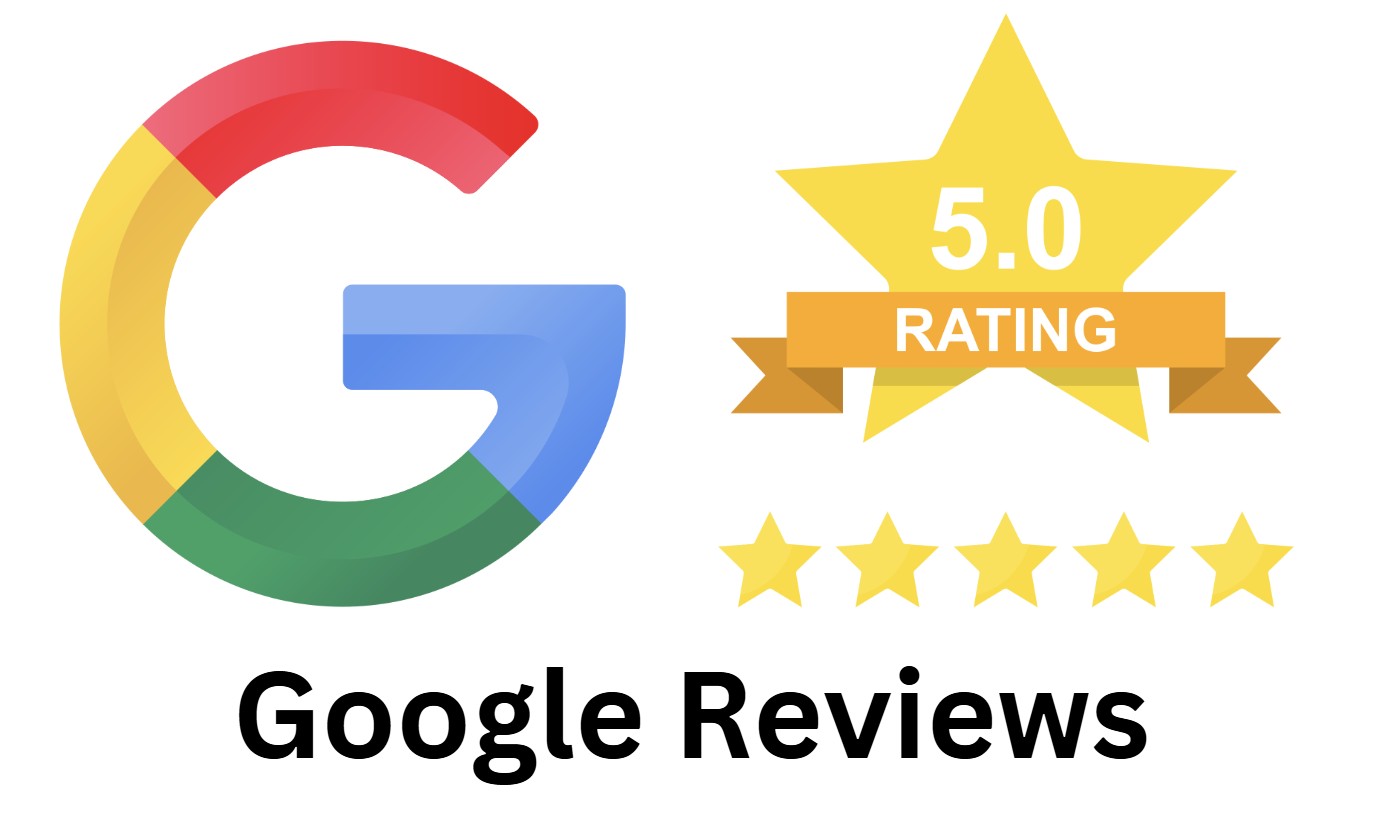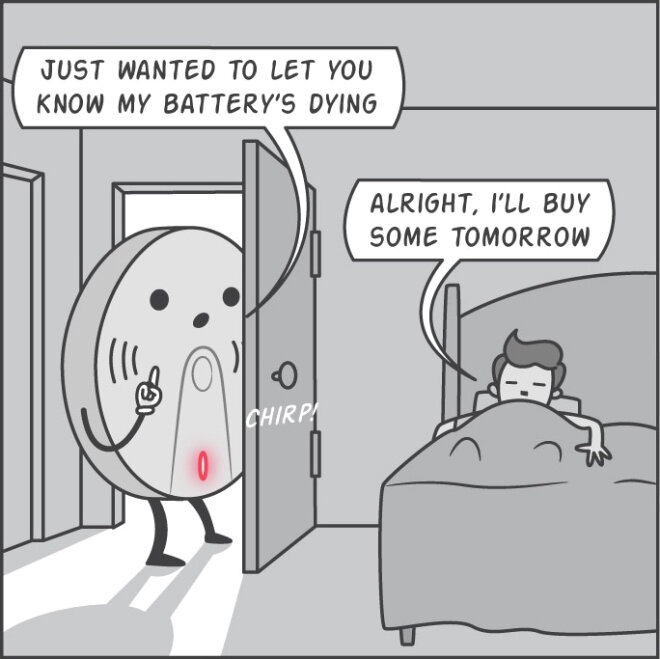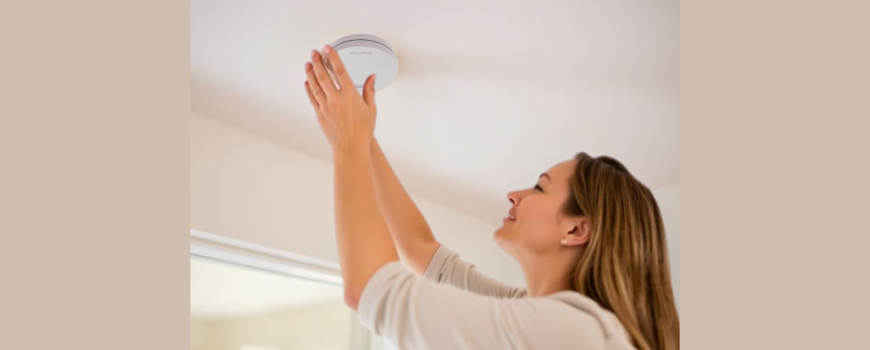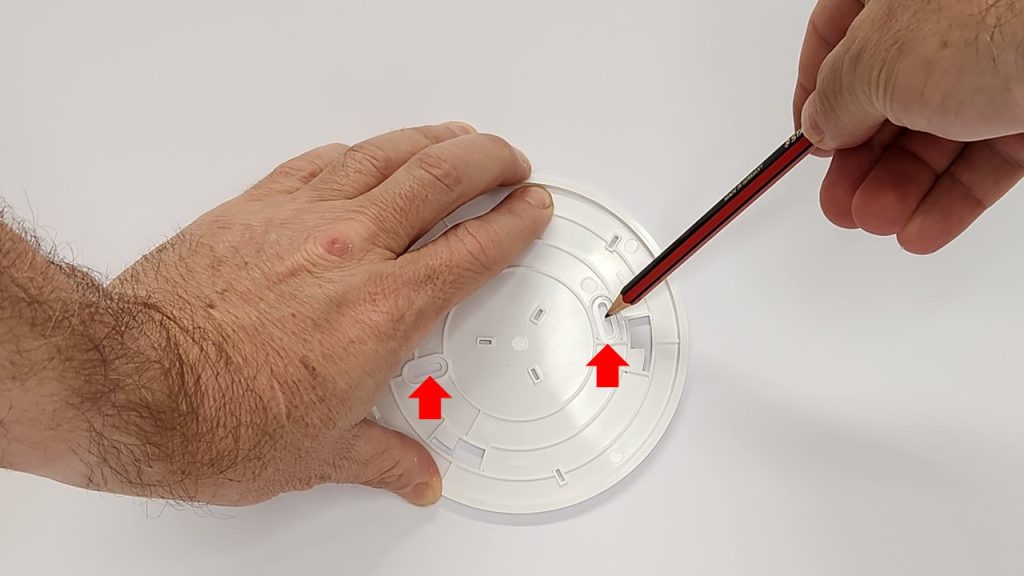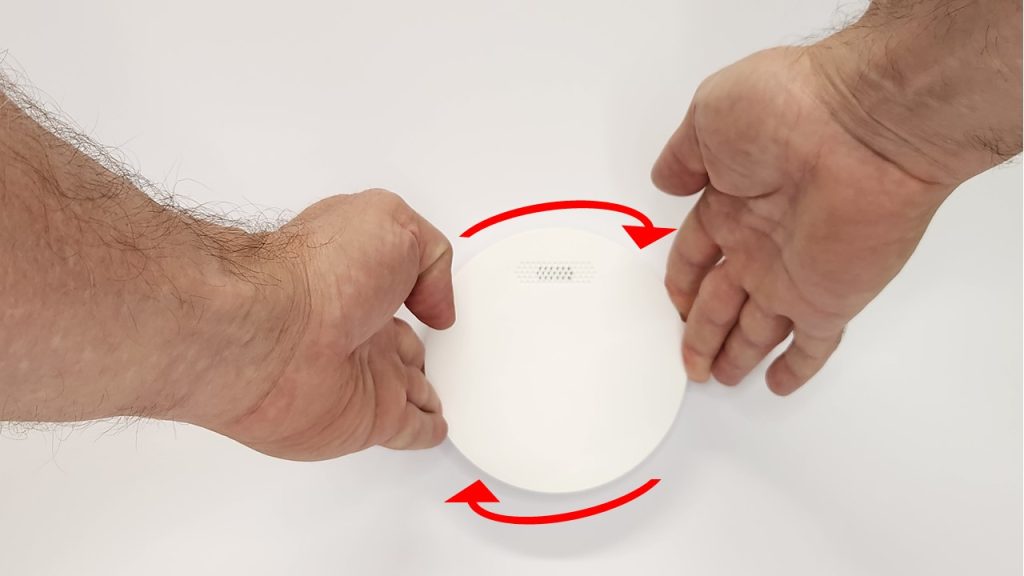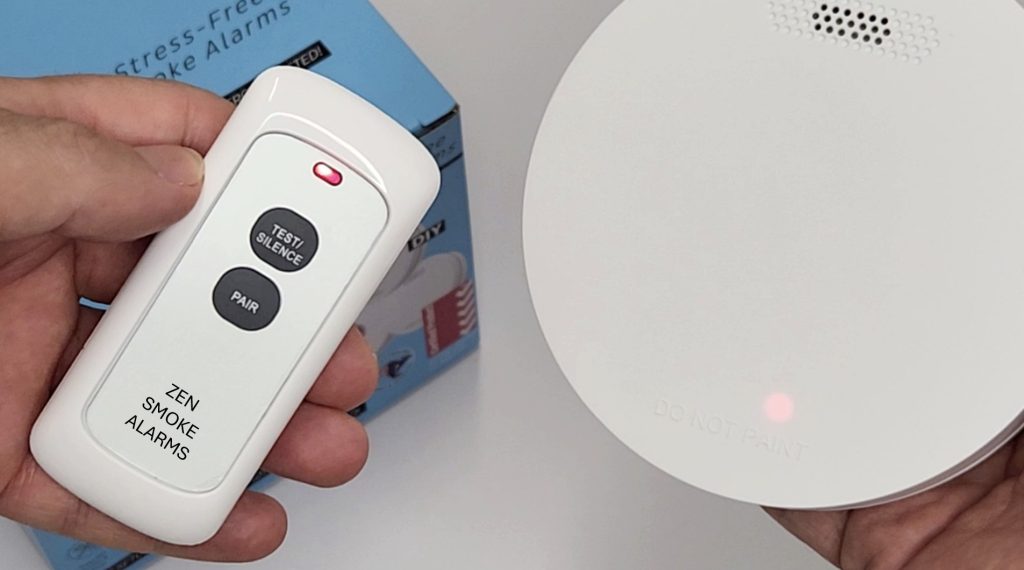If you’re a DIY enthusiast who loves tackling home improvement projects, upgrading your home’s fire safety system should be at the top of your list. One of the best ways to protect your family and add value to your property is by installing wireless linked smoke alarms. These 10-year battery alarms are not only easy to install, but they also provide comprehensive coverage to ensure you’re alerted at the first sign of smoke, no matter where you are in your home.
Why Choose Wireless Linked Smoke Alarms?
Unlike traditional stand-alone smoke alarms, wireless linked smoke alarms communicate with each other via radio frequency. When one alarm detects smoke, all alarms in the network sound off, giving everyone in the house maximum warning time. This is critical in larger homes where a fire starting in one part of the house may not be immediately detected by someone in another room or on another storey.
Photoelectric technology is widely recognized as the most effective in detecting smouldering fires, which are common in residential settings. These alarms are particularly sensitive to slow-burning fires that produce a lot of smoke before flames appear, giving you and your family valuable extra minutes to evacuate safely.
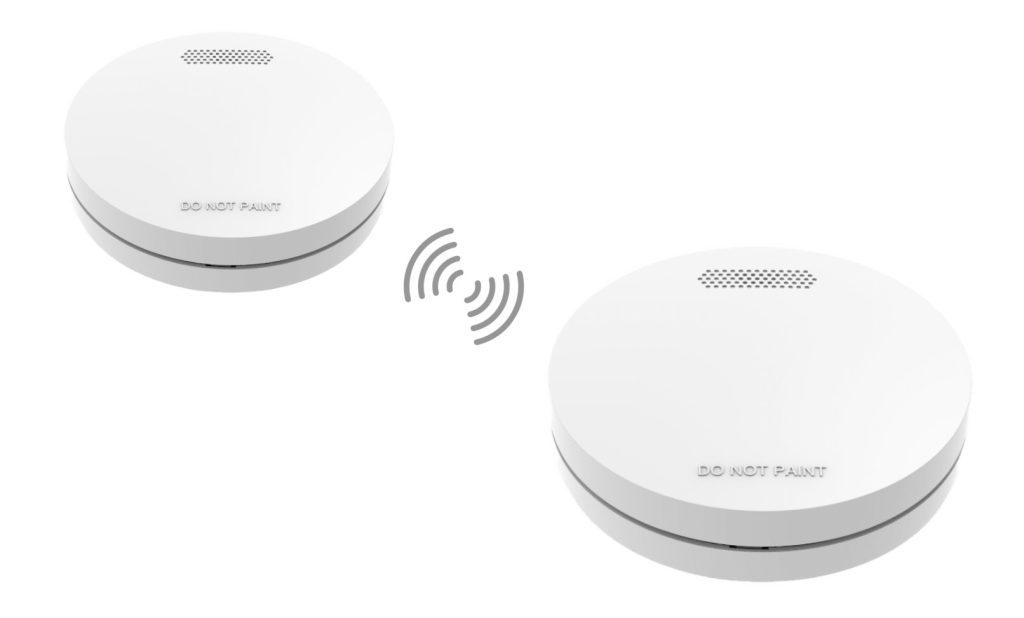
No Electrician Required – Save Time and Money
One of the biggest advantages of wireless linked smoke alarms is that they do not require an electrician for installation. Unlike hardwired smoke alarms, which require professional wiring and additional costs, wireless models can be easily installed by homeowners in just minutes. This makes them a cost-effective and time-saving solution for anyone looking to upgrade their home’s fire safety without the hassle of hiring an electrician.
With simple DIY installation, all you need is a screwdriver and a few minutes per alarm to set up a complete system. Wireless interconnectivity ensures that once they are set-up and installed, the alarms are ‘linked’, providing instant protection with minimal effort. ZEN’s wireless linked smoke alarms purchased in a bundle pack will even arrive to you already interconnected together as a group – just switch on and install!

How Wireless Linked Smoke Alarms Improve Home Safety
Having wireless linked smoke alarms in your home significantly improves fire safety by providing early detection and warning. Here’s how:
1. Faster Response Time
With wireless linked alarms, you get notified of danger immediately, no matter where you are in the house. This is especially critical in multi-level homes.
2. Increased Evacuation Time
Photoelectric alarms detect slow, smouldering fires early, providing crucial extra minutes to evacuate safely.
3. Enhanced Peace of Mind
Knowing that your alarms are wirelessly linked means you’re always covered, even if you’re sleeping or in another part of the house.
4. No Wi-Fi Required
Wireless linked smoke alarms communicate via radio frequency, meaning they do not rely on an internet connection or Wi-Fi to function. This ensures reliable performance even during power outages.
Choosing the Right Wireless Linked Smoke Alarms
When shopping for wireless linked smoke alarms, look for the following features:
- 10-year sealed long life battery – No need for battery replacements.
- Wireless interconnectivity – Ensures all alarms sound simultaneously.
- Test and hush button – Allows for easy maintenance and silencing of false alarms.
- Certified to Australian Standard 3786:2014 – Ensures compliance with Australian fire legislation.
- Loud Alarm Sound (85dB or Higher) – Ensures the alarm can be heard from all areas of the home.
Placement Guide for Maximum Protection
To get the most out of your wireless linked smoke alarms, correct placement is key. Follow these guidelines:
- Bedrooms: Install one alarm inside each bedroom for early detection while sleeping.
- Hallways: Place alarms in hallways leading to bedrooms to maximize coverage.
- Living Areas: Install alarms in common living areas, such as lounges and dining rooms.
- Each Level of Your Home: Multi-story homes should have alarms installed on every level, including basements.
- Avoid Kitchens and Bathrooms: Steam and cooking fumes can trigger false alarms. Instead, place alarms at least three meters away from cooking appliances.
Maintenance Tips for Long-Lasting Protection
Even though wireless linked smoke alarms require minimal maintenance, regular checks ensure they remain effective.
- Test Monthly – Press the test button to confirm all alarms are linked and functioning properly.
- Clean Regularly – Dust and debris can affect sensitivity, so vacuum and wipe them down with a dry cloth every 6 months.
- Check Expiry Dates – Smoke alarms last 10 years. Replace them once they reach their end-of-life date. The manufacture date is printed on the rear of the alarm.
- Avoid Paint and Obstructions – Never paint over alarms, and ensure they are not blocked by ceiling decorations or other obstructions.
Compliance with Australian Smoke Alarm Laws
Various Australian states have strict laws regarding smoke alarms, particularly for landlords and property owners. In Queensland, for example, updated legislation requires that all dwellings be fitted with wireless linked smoke alarms in every bedroom, hallway, and each level of the home.
For homeowners looking to stay compliant with these regulations while also ensuring maximum protection, installing wireless linked smoke alarms is the best solution.
The Cost-Effective Safety Solution
Many people assume that upgrading smoke alarms is expensive, but in reality, wireless linked smoke alarms are a cost-effective way to protect your home. Compared to wired systems that require professional installation and electrical work, wireless models are easy to install yourself, saving both time and money.
Additionally, the 10-year lithium battery eliminates the need for frequent battery replacements, reducing long-term maintenance costs. When you consider the invaluable protection these alarms provide, they are one of the best investments you can make for your home and family’s safety.
Summary
For DIY enthusiasts, installing wireless linked smoke alarms is a simple yet important project that enhances home safety. With their easy wireless setup, reliable photoelectric technology, and comprehensive coverage, these alarms provide the best protection against fire hazards.
If you’re looking for a trusted, high-quality option, ZEN’s Wireless Linked Smoke Alarms offer an easy-to-install, cost-effective solution that meets all Australian safety standards. Upgrade your home with ZEN Wireless Smoke Alarms today and enjoy the peace of mind that comes with superior fire protection.

Want to know more? Watch our ZEN Smoke Alarm YouTube channel or call us on 0478 596 402 today
We love talking smoke alarms!
ZEN Photoelectric Smoke Alarms
New Farm, QLD, 4005





